Phytophthora on cucumbers: causes and methods of treatment
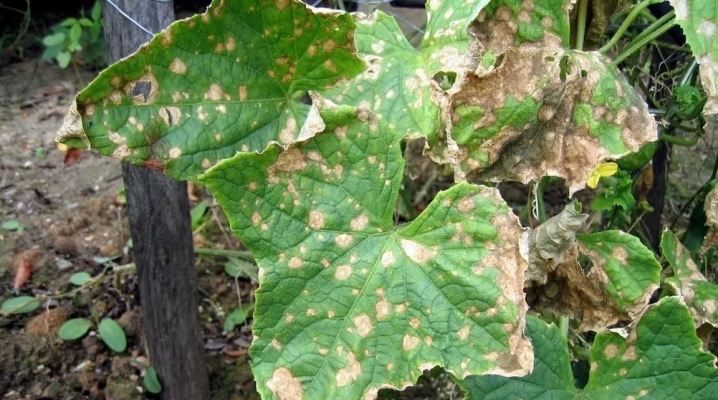
Every summer resident has cucumbers on the site. Growing them is not difficult at all, and homemade cucumbers will not replace any others. There are only a few diseases that need to be dealt with. Otherwise, you can be left without a crop. And the most unpleasant and most often common lesion on cucumbers is late blight. The causes of its occurrence and methods of treatment should be known to every summer resident.
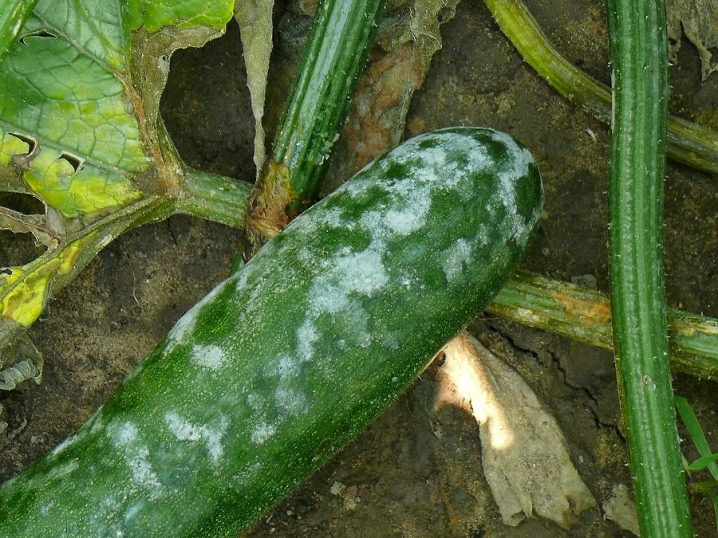
Description and signs of the disease
Phytophthora on cucumbers is a fairly frequent phenomenon. And if you do not process the plants for the purpose of prevention, then late blight will most likely overtake vegetables. On the leaves, it first appears in the form of yellow spots, which spread very quickly if urgent action is not taken. Such a plant looks sick. Consider the most important symptoms that will help you understand that cucumbers are sick and require treatment:
- in the first stage, small yellow spots appear, which grow rapidly;
- the leaves dry, a dry border appears at the edges, the leaves begin to crumble;
- if ovaries have already appeared at this time, they begin to dry out and fall off;
- the development of the plant stops there.

Such diseased plants begin to attract harmful insects. The harmful fungus spreads very quickly to healthy plants and further throughout the site. Therefore, even at the very first signs of such an ailment, it is worthwhile to immediately begin a struggle in order to have time to save cucumbers and other plants.
Reasons for the appearance
The Phytophthora fungus often infects the plant, but it so happens that the summer resident does not even suspect that the bushes are sick until he sees the first signs. Unfortunately, the disease itself does not go away, but it can be done so that the fungus does not appear. The causes of the appearance of the fungus are most often quite obvious.
- In most cases, this is simply a lack of nutrients due to improper care.
- Another important point is seed treatment when planting. And if they have not been properly processed, the fungus can subsequently manifest itself on the seedlings.
- If there is a large amount of lime in the soil, then this can also lead to fungus.
- If late blight on cucumbers appears in the greenhouse, this means that the plants do not have enough oxygen.
- With improper application of top dressing to the soil, as well as watering, the plants also begin to hurt and show signs of phytophthora.
- In addition, high humidity outside and sudden temperature changes contribute to the appearance and rapid reproduction of the fungus.
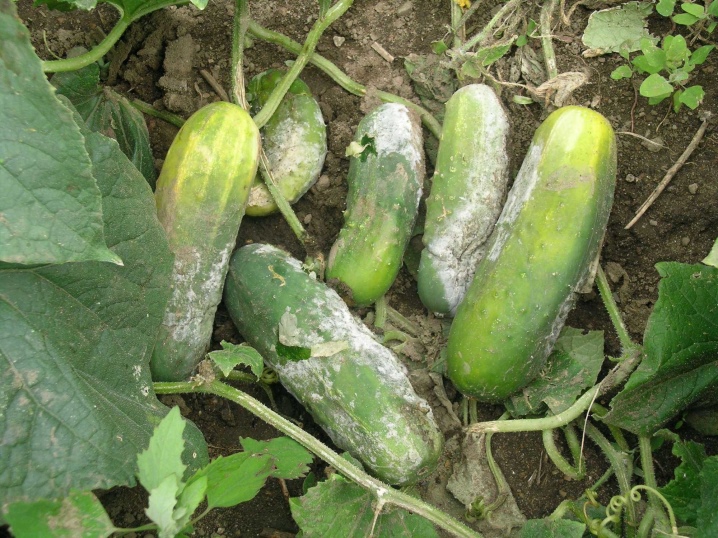
Treatment methods
As soon as the disease is noticed on the bushes, you need to start fighting it by choosing the appropriate method. But before treating the plant, it is necessary to remove diseased leaves and shoots. They can no longer be reanimated, but the remaining healthy leaves, flowers and fruits are threatened by being near the affected parts of the plants. The fungus spreads very quickly unless urgent action is taken.
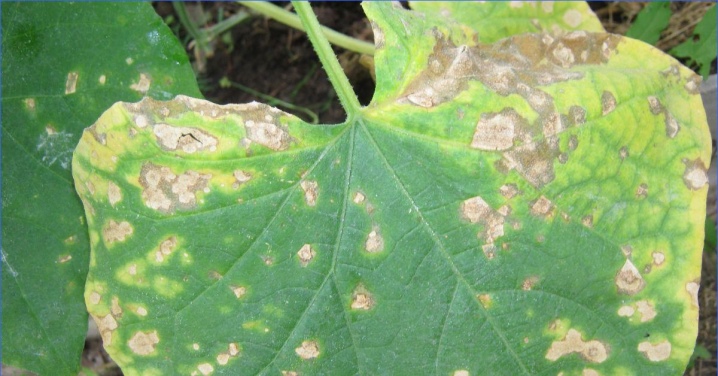
Special drugs
Many people prefer to use ready-made preparations aimed against late blight, which are sold in any gardening store. With their help, you can get rid of the disease. It is enough to water and spray the bushes several times. But at the same time, it will be necessary not to forget about preventive measures throughout the season. When diseased shoots are removed, the plants should be treated by choosing one of the preparations:
- bordeaux liquid;
- copper sulfate;
- "Topaz";
- Fitosporin.
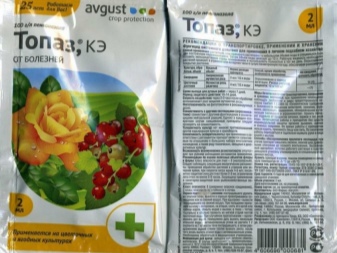
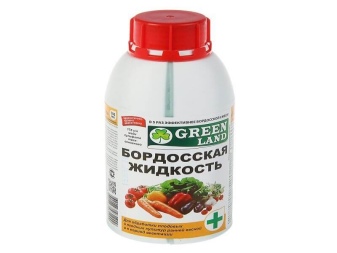
When using these drugs, you need to be guided by the instructions, which indicate the required combination of proportions of water and funds. In addition, the drugs are sold in different variations.
For example, the same Bordeaux liquid is sold both in the form of a dry powder and already in the form of a liquid. The second option is more expensive, but much more convenient. It is enough to pour a little product in a bucket of water and you can start processing. Fitosporin can also be purchased in powder, paste or liquid form.
It should be noted that the chemical compositions are good for processing at a time when there are no fruits on the plant yet. If it so happens that you need to resort to chemicals, the crop is harvested no earlier than 10 days after the last treatment.
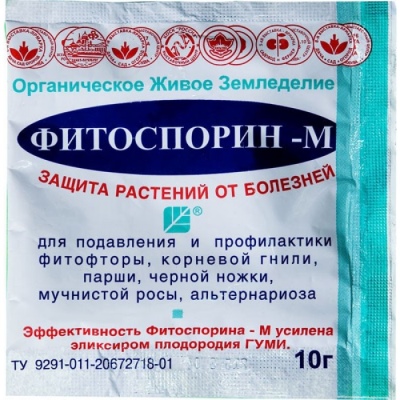
The safest in this regard is "Fitosporin", it can handle plants even at the time of fruiting, and there will be no harm from it. Plants need to be sprayed and watered with diluted compounds.
After the harvest is harvested, the land must be disinfected, and for this it should be well watered using copper sulfate or Bordeaux liquid. In addition, the soil needs to be dug up by adding ash there. All this must be done in the fall, when the summer season is over.
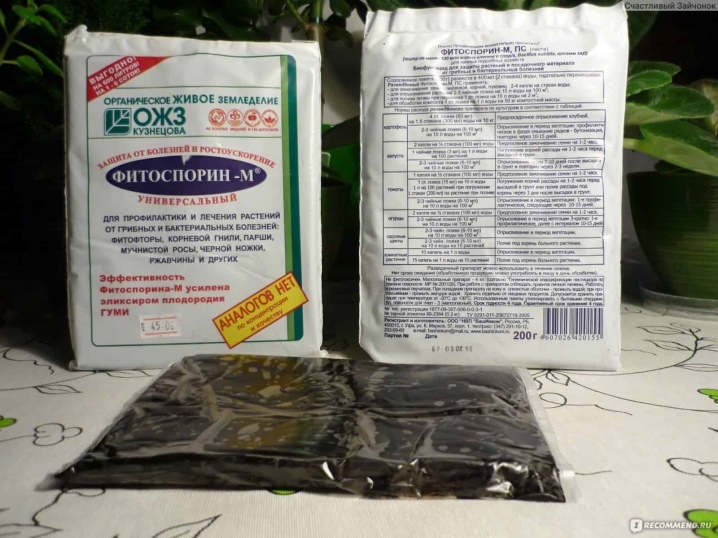
If it was possible to cope with late blight before the appearance of the fruits, their taste and appearance will not be affected in any way. They can be safely eaten and prepared.
Folk remedies
Those who believe that folk remedies give the same good result have their own recipes. And there are a lot of them. One has only to take into account that sometimes folk remedies are most effective when the plant has just become infected. And more treatments will be needed than when using chemicals. In addition, folk methods are very good for preventive measures. Let's consider the most popular options.
- Many summer residents use tablets such as Trichopol and Metronidazole. To do this, take one tablet per liter of water, crush it and stir well. This solution should be sprayed on the bushes.
- A garlic solution with the addition of potassium permanganate gives a good effect. To do this, take 3 large heads of garlic, crush the cloves and stir in 10 liters of water. All this is infused during the day. Next, add a couple of grams of potassium permanganate to a bucket of water. Then the bushes are sprayed with this solution using a spray bottle. It should be noted that the bushes can also be treated separately with a solution of garlic or potassium permanganate.
- Many people successfully use milk in the fight against late blight. Sour milk, whey, and kefir are also suitable. For this, 1 liter of the product is diluted in 10 liters of water. Let it brew for several hours, stir well, then spray and water the cucumbers.
- Yeast also gives good results. The bag is poured into a 10-liter bucket of warm water, stirred, then left in a warm place for a day. After that, you can water the bushes and process by spraying.
- succinic acid also has its advantages, it not only allows you to cure plants, but also supplies them with useful substances. It is sold in tablets and powder. To process the plants, you need to crush a few tablets and dissolve in a liter of water, then you can start spraying.
- Wood ash will also supply the plant with useful substances and help in the fight against late blight. To do this, stir half a bucket of wood ash in 10 liters of water. All this should be infused for a day, after which the solution must be filtered and used as directed.
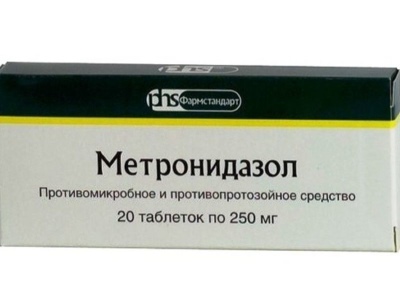
Folk remedies are convenient because they can be used at any time, and they will not harm the plant and fruits. After processing, you can safely remove the cucumbers from the bush and eat them.
How to handle correctly?
It should be borne in mind that for processing plants, you need to make a solution, observing the proportions, especially for chemicals. Do not deviate from the numbers that are indicated on the packaging. If the plants are not treated properly, they can be harmed.
In the greenhouse
The processing of plants in the greenhouse should be done on a sunny dry day so that you can open the windows and ventilate the room. Air intake is very important, otherwise the humidity will be too high, and for the development of phytophthora, these are just favorable conditions. Then you can spray the plants with any of the selected solutions. If watering is conceived, then under each bush you need to pour 2 liters of healing composition.
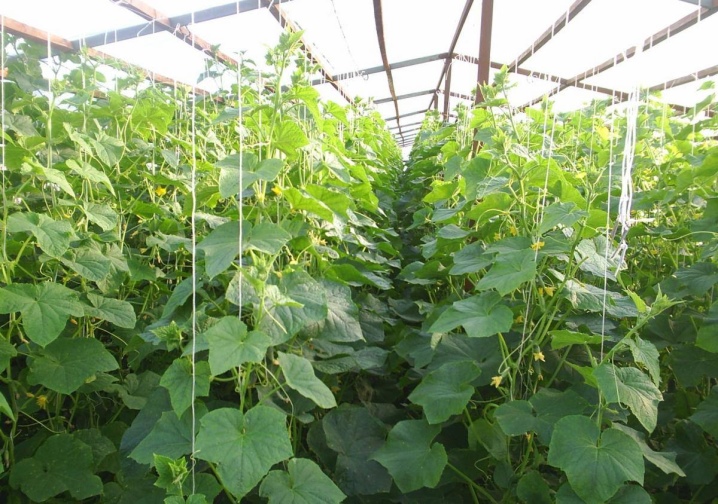
In the open field
In the same way, processing takes place in the open field. But it must be borne in mind that any manipulations with plants for the care and treatment are carried out on a calm, dry day. Spray and water the cucumbers with suitable solutions in the early morning or late evening. Processing water should be at room temperature.

Houses
So that the cucumbers do not get sick in the future, it is advisable to soak the seeds in a solution of succinic acid or potassium permanganate for several hours. And then any of the solutions can be used on seedlings, gently sprinkling each bush.
Prophylaxis
Protection against late blight is very simple. You just need to observe preventive measures.
- First of all, this concerns the correct choice of soil. It needs to be healthy, so it is best to buy it from specialized stores. If the soil already available on the site is used, it must be treated with disinfecting solutions.
- For planting, you should choose varieties of cucumbers with stable immunity to various diseases.
- Before planting, it is worth soaking the seeds in a disinfecting composition, using, for example, potassium permanganate.
- When the seedlings are planted in open ground or a greenhouse, it is imperative to spray the bushes every 2 weeks with any of the suitable formulations. Then late blight will not appear at all.
- In addition, it is important to maintain proper watering, do not overflow the plants, but also do not let them stand dry. In hot weather, cucumbers need to be watered every day in the morning or in the evening, at least every other day.
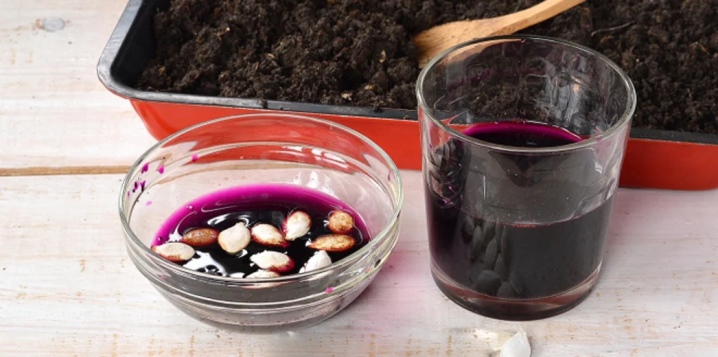
See the video below for recipes from late blight.










The comment was sent successfully.